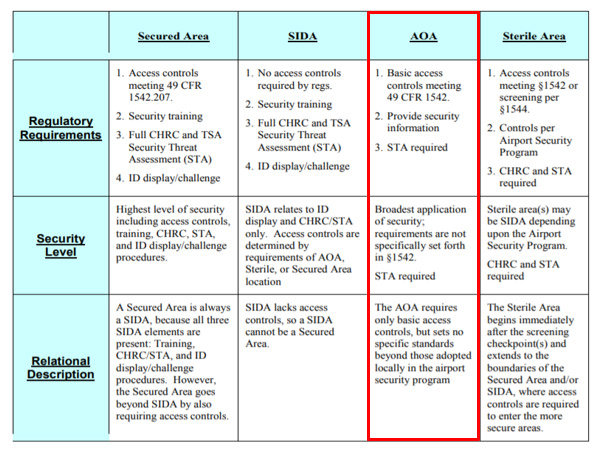The shoe removal mandate at airports, imposed by the Transportation Security Administration (TSA), did not officially start until August of 2006. This policy introduction came almost half a decade post the failed sneaker bomb attempt by Richard Reid on a Paris-Miami American Airlines flight. The lingering fear of similar events led to the late implementation of this TSA rule. Interestingly, it’s been in place for nearly twenty years only to be called off recently — a testament to the TSA’s security theater’s ratchet effect.
The life span of this widely disliked and mocked procedure – one that almost exclusively the U.S enforced – is quite telling. It underscores how questionable protective measures often persist. The reason? Any attempts at abolition imply compromising on matters that potentially endanger public safety.
A report from Axios, a decade later, hinted at the termination of this policy, thanks to the inception of floor-integrated shoe scanners. These products of the Pacific Northwest National Laboratory had been licensed to Liberty Defense Holdings. However, the optimism surrounding this technology ushering in policy change was premature.
In March of last year, Secret NYC indicated that the Department of Homeland Security was expected to set plans in motion for an airport shoe scanner demonstration in Q3 of FY 2026. The testing of these machines was slated to follow in Q4 of FY 2027.
Critics have long noted that the TSA’s shoe removal policy was mired in logical inconsistencies. An observable piece of evidence supporting this assertion is the non-adoption of this measure by airports in other countries. Even in nations with high-security consciousness, such as Israel, American practices weren’t followed.
Nearly fourteen years ago, The Washington Post took note that post-Reid’s debacle, there hadn’t been another shoe bomb incident. Increasingly, aviation security experts began questioning the necessity of shoe removal. A case in point was MIT’s Yossi Sheffi, who is originally from Israel.
In his direct words to The Post, Sheffi highlighted the geographical exclusivity of this measure, stating, ‘You don’t take your shoes off anywhere but in the United States — not in Israel, in Amsterdam, in London.’ He suggested that this seems to primarily serve as a safety placebo, as opposed to a true necessity.
John Pistole, the TSA’s former head, brought out data from a survey suggesting that annoyance with shoe removal was rivaled only by ticket price dissatisfaction among passengers. Despite this negative public perception, Pistole stood by and defended the agency’s regulation.
Shedding of the TSA’s age-old protocol elicited, from an economist at the George Mason University, a startling computation. According to conservative estimations, the shoe rule consumed nearly 30,000 years of life in the U.S alone. This led to the proposal that, despite his failed terror attempt, Reid could be considered one of the most successful anti-American terrorists based on the sheer volume of time wasted.
The TSA has been critiqued for its policies many times. Despite all this criticism, it seems that the TSA is slow when it comes to evaluating and rectifying policies that have shown to not make much of a difference. This behavior seems to align with bigger-picture politics, where adamant clinging to practices, irrespective of their proven inefficacy, is all too common.
All in all, the shoe removal policy, as bizarre as it may have seemed to many, and as unique as it was to the U.S, stood the test of time far longer than reasonable. It is a tale that resonates with the larger narrative of security procedures – change here is slow, and often lags behind technology and common sense.
Ridiculing the existence of the system at this stage seems appropriate as it has been proven to be inefficient and other countries with stricter security measures never followed suit. Although it might’ve seemed like a good step forward at the time, the trouble, inconvenience, and quantitative wastage of human life it caused tell another story.
A question that we must ask is whether the clinging to the old ways of doing things is characteristic of inefficient leadership or operational lethargy. It is truly perplexing and unfortunately prolonged the inconvenience for the American public while doing nothing to enhance actual security.
The tale of the late abolishment of the TSA’s shoe rule seems to be just the tip of the iceberg, unfortunately a running theme present in bigger picture politics. It starts to make one question if better decisions could have been made with more efficient leadership.
To sum it all up, the shoe removal at airport security gates saga shows a lack of efficacy in policy making and updating. It outlines the inefficiency of government bodies in implementing changes that not only maintain security but also ensure the comfort and convenience of the citizens.
Lastly, this incident is another reminder that when it comes to security matters, there needs to be a fine balance between necessary precautions and effective policy making practices. An undue emphasis on one aspect and the neglection of another could lead to questionable rules such as the TSA’s shoe removal policy.

